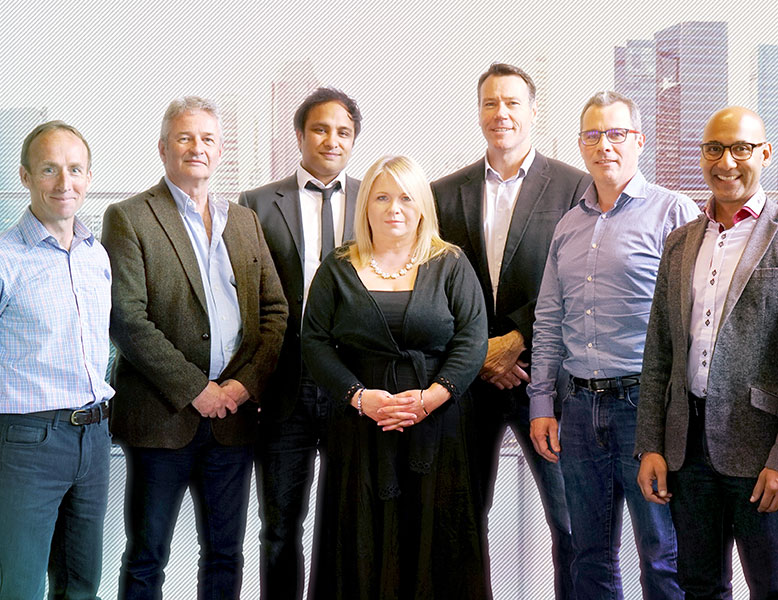- OT
- Life in practice
- Business management
- Adapt to thrive
Adapt to thrive
Optometrist entrepreneur Imran Hakim believes that all practitioners have to adapt as technology advances and shapes the expectations of patients

07 March 2017
Technology is developing at an exponential rate and having a dramatic effect on many industries. Recent reports have highlighted the possible impact of technology on the optical industry over the course of the next few years.
To understand these changes, it is important to split technology up into three key areas that will each touch upon the experience of the patient – clinical, consumer and business. Clinical technology within our industry has always been relatively up to date.
This is driven by manufacturers who are in a constant cycle of introducing innovations, allowing practitioners to improve their clinical capabilities and add efficiencies to the customer journey.
Some will allow for quicker customer flow and others will allow us to take on more care within the community. Optometrists driven by a desire to be the best at what they do clinically have been quick to adopt these.
However, consumer technology is where independents lag behind. This is now being driven by experiences that the 21st-century consumer is experiencing in everyday life.
For example, we go to Starbucks and we pay using Apple Pay, or when we want to buy something from John Lewis, we decide ‘actually we’ll shop online through click and collect.’ These types of trends and technology shifts from outside of our industry will become the benchmark expectation of the consumer when it comes to optical retail practices.
"Consumer technology is where independents lag behind. This is now being driven by experiences that the 21st century consumer is experiencing in everyday life"
Beware of the disconnect
This is going to be a steep learning curve for multiples and independents alike, and those that fail to react will find they start to fall down on customer experience. Consequently, their service and product proposition won’t be perceived to be as cutting edge in the eyes of the customer.
This is a dangerous side effect of being slow to adopt technology, especially when we are promoting ourselves as being 'market-leading' when it comes to the frames, ophthalmic lenses and contact lenses that we sell. It creates a disconnect between the perception and the reality.
Thirdly, we have developments in business technology, both software and hardware. These include several cloud-based platforms, enabling better performance for tasks such as managing external marketing, internal communications and financial performance management. By adopting these technologies, businesses are able to function faster and more efficiently.
Historically, these have escaped independents largely due to the prohibitive costs involved, and adoption has been restricted to the larger players in the market. However, today even a single-practice independent can leverage enterprise level functionality a lot more easily and quickly due to the evolution of technology in cost, size and weight.
So how will these affect the patient? Over the next five to ten years, the patient will become much more demanding as technology drives their expectations.

Outside influences
The 21st-century consumer is more knowledgeable and sophisticated than ever before and consequently the patient will expect more and more each time they come into a practice, due to their experiences outside of optics. They will start to make decisions, not just on the clinical competence of the practice, but also how technologically up to date the practice is.
Consider if you’re selling the most advanced varifocal on the market but your payment gateway or customer experience is anything but modern, it sends contradictory messages to the patient.
If we look at the leading developments in consumer technology, whether it’s Uber’s driverless cars or Amazon’s new Dash capability allowing for one click buying and rapid delivery on household items, they all strive to offer one particular benefit – convenience. They are targeting time-poor consumers looking for the utmost convenience and whoever can provide this will always win.
The biggest implications of technology for the patient will not come from clinical developments. We currently have more options for clinical tech than is required. However, when it comes to consumer technology, this is where there is a serious lack of understanding, availability and proficiency and this is what needs to be addressed by optics as a whole to avoid external threats propelled by the use of new technology.
We must ensure we keep pace and take advantage of the positive impact that technology can have on our business, not just clinically but from a consumer and business point of view to position us for success in the next decade and beyond.
Advertisement

Comments (0)
You must be logged in to join the discussion. Log in